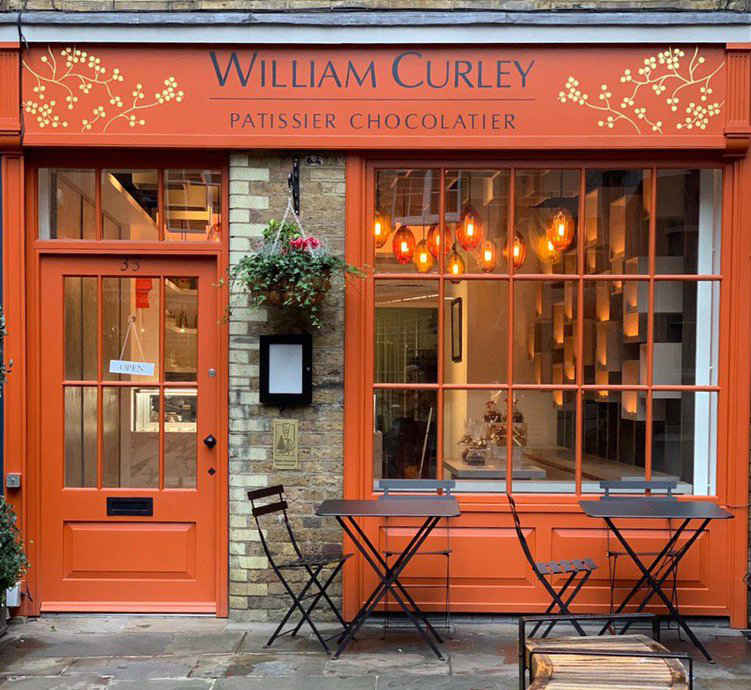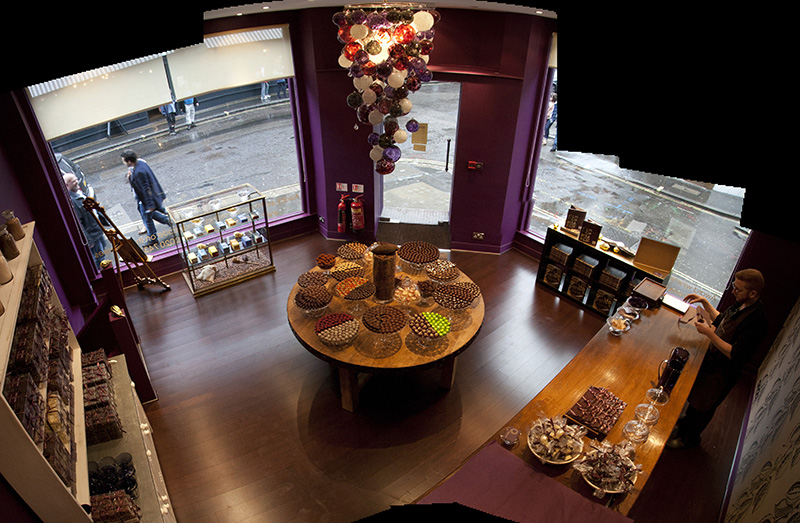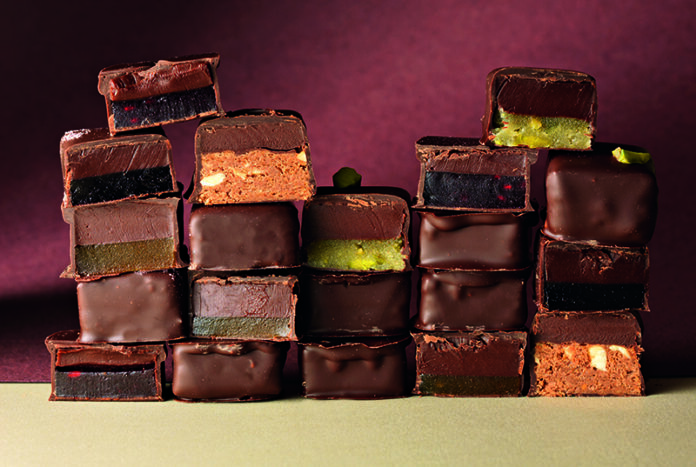Once dens of debauchery and political plotting, the capital’s chocolate shops have a rich history. Today they are an altogether sweeter affair, writes Oonagh Turner
Wander down St James’s clubland and you’ll be greeted with a gleaming sweep of Georgian buildings and fine dining restaurants. Some 300 years earlier, this pocket of the capital was brimmed with smoke-filled drinking dens, the heady aroma of drinking chocolate wafting down the backstreets, known then as “the most fashionable hell in London”.
Unlike the sweet stuff we know and love, this chocolate brew was an exotic blend of cacao beans, cinnamon and cloves – an addictive concoction that caused something of a chocolate craze.

One of the most notorious drinking dens was Mrs White’s Chocolate Shop, the original incarnation of White’s – the most exclusive and oldest gentlemen’s club in town. Starting life as a hot chocolate emporium in 1693, the city’s elite would drink themselves to excess while busying themselves with gambling and plotting in dark corners. So famed was White’s Chocolate Shop as a site of debauchery that it was immortalised by Hogarth in his set of engraved plates entitled ‘A Rake’s Progress’ – with lightning ferociously striking White’s, emphasising its notoriety. Another hot spot was Ozdina’s on St James’s Street – allegedly popular with King Charles II and his mistresses. The 17th century haunt The Cocoa Tree was another St James’s favourite, which, builders recently discovered, was connected by underground tunnel to a tavern in Piccadilly that is now the headquarters of the Royal Automobile Club (RAC). Among the prolific chocolate entrepreneurs of the time was Henry Jermyn, after whom the tailoring hub of Jermyn Street was named, and the inventor of chocolate milk, Sir Hans Sloane, whose name would become a byword for Chelsea.
While these drinking shops may have changed hands or disappeared altogether over the course of history, some London chocolate houses have endured – the flavours evolving with the times. The oldest is Charbonnel et Walker, opened in 1875 by Eugenie Charbonnel and Minnie Walker. Charbonnel sold her part of the business to Walker in 1878, and to this day the brand remains very much associated with its London heritage. Prestat is a close second, with the first London Prestat truffle made in 1891.
At the forefront of today’s artisan chocolate scene is Paul A. Young – a chocolatier with a passion for cutting-edge technology, bringing his chocolate to the modern day in Islington and Soho. Young works in his London kitchen, creating his chocolates by hand. His bold combinations have seen seasonal flavours on the shelves, from goose fat caramel for Christmas to rhubarb, pink pepper and stem ginger caramel for spring.

William Curley is another name, with a flagship boutique in Soho that supplies some of the best restaurants. Curley takes his inspiration from the capital: “London is an endless source of inspiration to me – it is an incredibly vibrant city which embraces cultural influences from all over the world; you really don’t need to look very far in this city.”
With seven shops, including its 1983 Kings Road flagship, Rococo has also made a name for its collections of sumptuous British chocolates and seasonal truffles, made with love in its West Dulwich kitchen. At the Willie Wonka-esque Belgravia store, there is a chocolate café, a hidden Moroccan-style garden, a glass floor, where you can see through to the chocolatiers at work and a chocolate school. “London has one of the most exciting and innovative food scenes in the world,” says head chocolatier Mireille Discher. “It’s no wonder the appetite for artisan chocolate here is increasing. It is full of foodies who are searching for taste, quality and stories behind the food they eat.”

With artisan chocolate shops proving a hallmark of any gentrified London neighbourhood, the trend is moving apace. Melt in Notting Hill and Holland Park brings a theatrical element, with an open-view kitchen where you can watch chocolatiers at work, and offers taster sessions. Their dreamy hot chocolate blocks that you stir into milk have proved a hit. The evocatively named Dark Sugars on Brick Lane brings the best of Ghanaian cocoa to the UK. Its bestseller is the ‘sinful’ Pitch Black Hot Chocolate, topped with irresistible shards of chocolate.
In these artisan shops, the spirit of chocolate’s 17th century heyday lives on. Hans Sloane would have approved.
Read more about the food scene in London:






 © 2024
© 2024